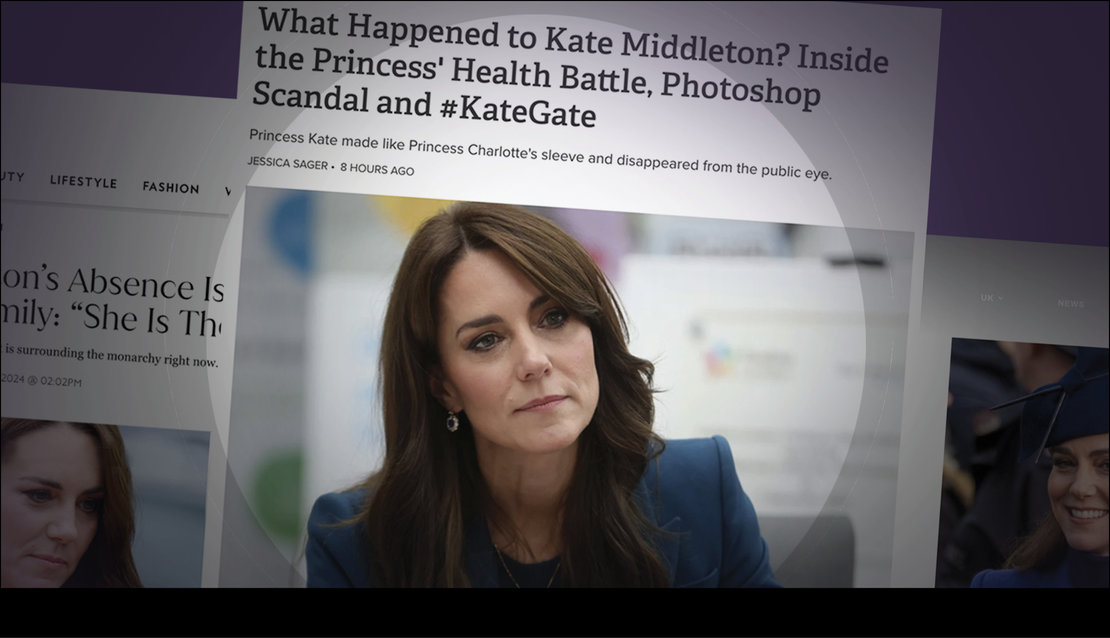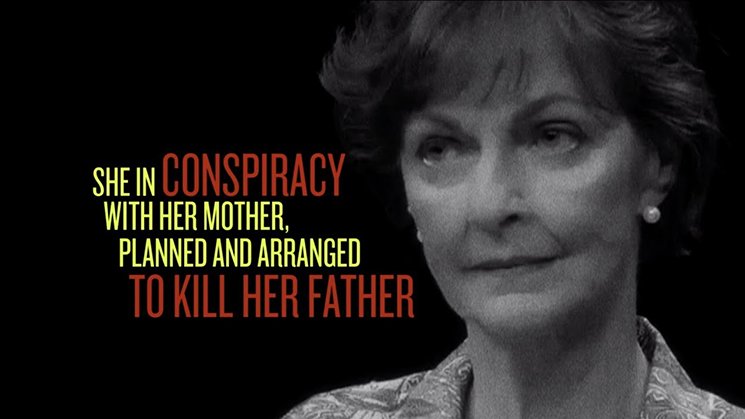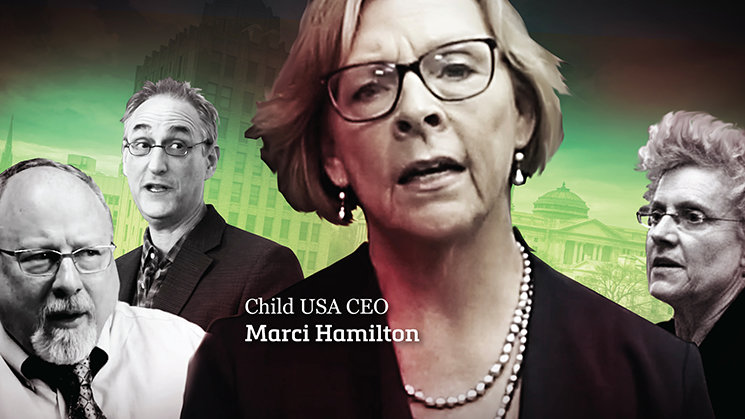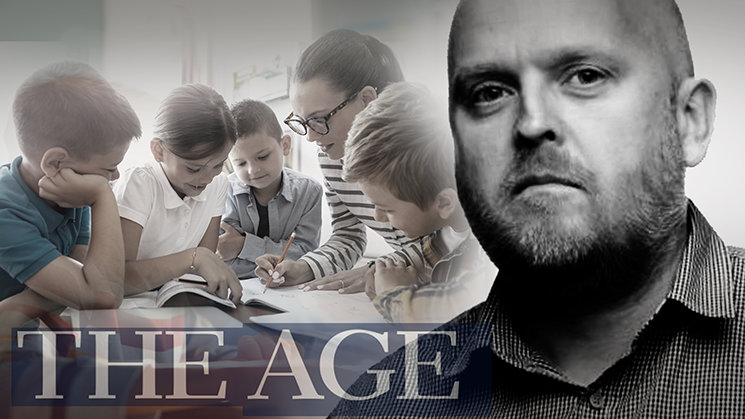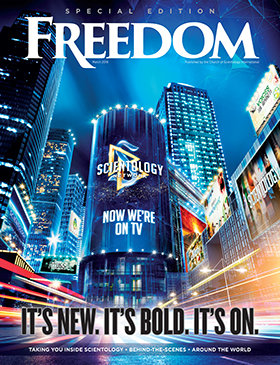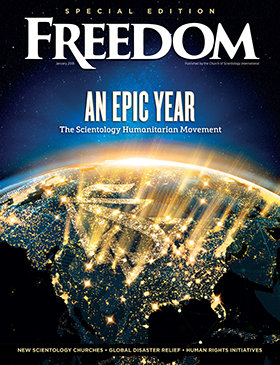We All Play the Fool: Social Media’s Ridiculously Hyped News
While no one trusts social media as a source of truth, that is where the majority of us—especially the young—get most of our information. And we are the poorer for it, as this analysis of the “Kate Middleton absence” meme demonstrates.
In January, the royal family announced that the Princess of Wales, Kate Middleton, would be undergoing a planned abdominal surgery. She was expected to spend 10 to 14 days in the hospital, continue to recover at home and was not expected to return to her public duties until after Easter.
The family issued a statement saying Kate hoped the public would respect her desire for privacy. Had the patient been anyone less notable than the Princess of Wales, that statement would have sufficed and been the end of it.
The theories as to why the princess is out of view circulate on Twitter, Reddit and TikTok, and range from her needing to let an unflattering haircut grow out or suffering from an eating disorder, to experiencing a mental health breakdown or coming down with a bad case of marital blues.
But the media today cannot survive without a continuous torrent of manufactured “news” pinned most often to big names and celebrities—a trend due largely to social media outlets taking over as our key source of information in the last several years. News, gossip or otherwise.
So it was that the Princess of Wales’ medical treatment and convalescence, in less than a month, resulted in an internet awash with a viral “Kate Middleton absence” meme.
The theories as to why the princess is out of view circulate on Twitter, Reddit and TikTok, and range from her needing to let an unflattering haircut grow out or suffering from an eating disorder, to experiencing a mental health breakdown or coming down with a bad case of marital blues.
One of the most outrageous rumors is that the princess was placed in a medically induced coma due to complications from the surgery, a meme the Palace flatly called “total nonsense.”
Nonetheless, “absent princess” stories with equally imaginative inventions continued to roll out in media into March despite regular refutations from Kensington Palace.
Perhaps Kate Middleton simply wanted to quietly spend time with her family while recovering. Social media trolls were having none of it.
A more accurate explanation would be that no one trusts social media platforms to tell the truth, even though that is where the majority of us—especially young people—get most of the information we consume in our daily lives.
One explanation offered by Forbes magazine was that “dark secrets” about the royals had “ignited the imaginations of commentators and conspiracy theorists” but that “no one trusts the Palace to tell the truth.”
A more accurate explanation would be that no one trusts social media platforms to tell the truth, even though that is where the majority of us—especially young people—get most of the information we consume in our daily lives.
A 2021 Gallup Poll survey found 45 percent of those 15 to 24 got their news from social media. In contrast, only 17 percent of that group said they trusted their source to provide accurate information. Only 12 percent of those over 40 trusted social media.
Recently Pew Research found that in general, most adults trust mainstream news sources more than social media, though the margin is slim.
A Human Development Index (HDI) study found social media to be the main source of information globally, but half of those surveyed also considered social media to be a primary source of disinformation. A study by UNESCO found 78 percent of those using social media reported finding falsified information on their platforms.
Even though social media is unsafe at any click, it remains a primary source for reporters and news outlets.
A veteran Pulitzer Prize-winning investigative reporter once told of being challenged by an editor who demanded to know if the quotes in one of his early stories as a cub were true. The youthful journalist replied that of course, that is exactly what the source said.
His editor answered: Yes. But is that true?
That conversation took place nearly 50 years ago at a time when truth was the coin of the realm for newspaper editors who felt a need to keep the public accurately informed. The responsibility to provide accurate information has long since given way to the desire to instantly engage at all costs, leaving the general public poorer in understanding and edification.
We should all consider that the next time an “electrifying” story surfaces somewhere —whether it’s about the Princess of Wales or the woman next door.
Journalist Walter Lippmann, whose 60-year career earned him recognition as one of the world’s most highly respected commentators, summed it up: “There can be no higher law in journalism than to tell the truth and to shame the devil.”
It is long past time for modern journalists to take up this forgotten mantle again and shame the devil rather than play the fool.


